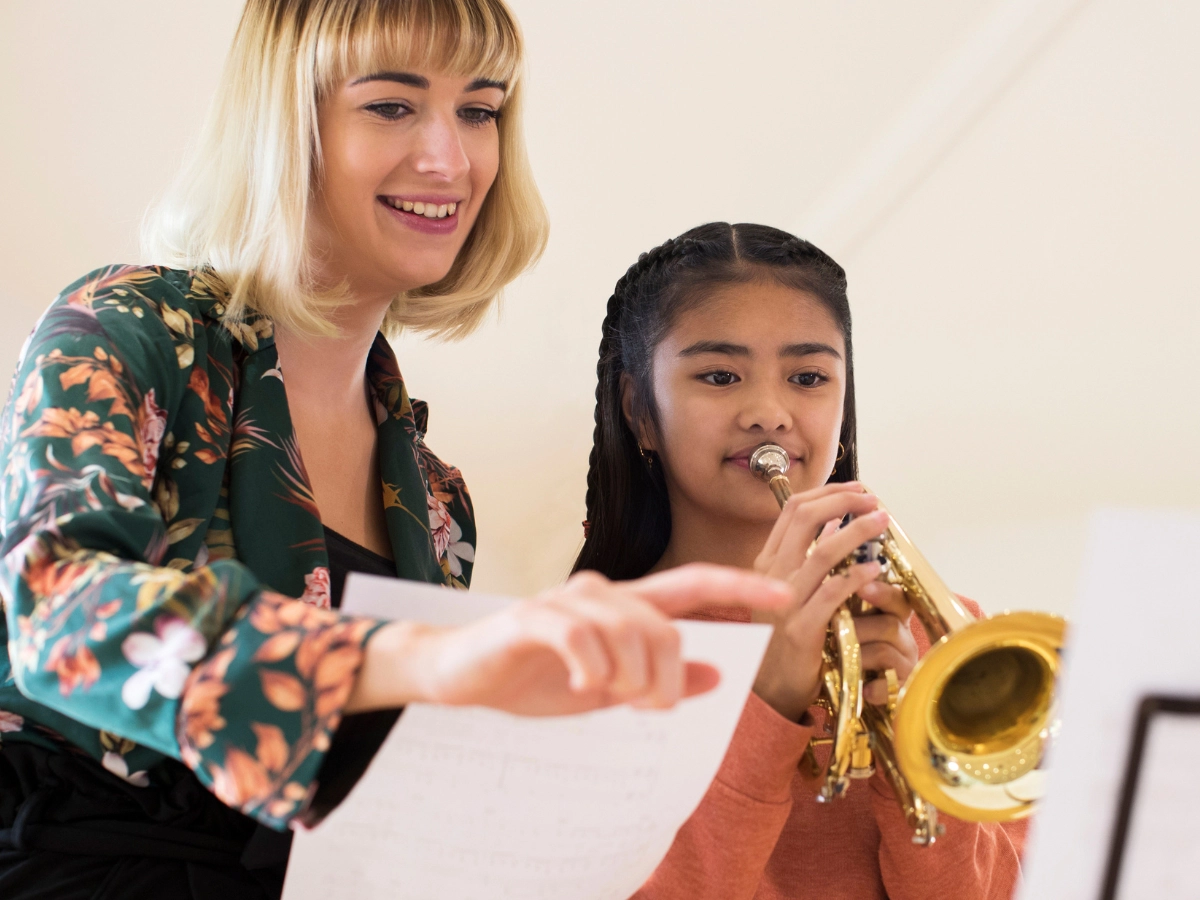What would you do if your daughter or son said they were quitting gymnastics? Would you push them to stay? Would you let them go? Read Leonora Anton’s story published on Tampa Bay Times for a real life example of what a parent goes through.
Before my daughter was truly Lauren, she was a gymnast.
She was 7 when she joined her buddy Elizabeth for a tumbling class at Tampa Bay Turners. She had nice clean lines and a kind of rubber band flexibility, so they moved her into their competitive program quickly. I still have her first leotard. It’s a purple velvet number speckled with silver flecks. It would fit an American Girl doll.
At her first meet, one of her toughest skills was a tiny leap on the beam. Watching her compete was like a roller coaster ride. Would she stay on the beam? Swing around the parallel bars just right? More often than not, she did.
Her competitions — as she progressed through gymnastic’s levels — became family affairs with aunts, cousins, grandparents in attendance.
When she was 11, she earned first place all-around for her level in the state, all ages. It was an incredible moment, and I started believing that maybe she was good enough to get a college scholarship.
Then the injuries started. She fractured the growth plate in one wrist, then the other. Later, there was an ankle fracture. After that, the fear crept in. The skills were getting harder, and the back handspring on the beam gave her anxiety. Her palms often had giant blisters from the bars. I asked her often if she still wanted to do gymnastics. She always said yes.
This past year, she entered high school. Her gymnastics schedule had grown to five days a week, more than 20 hours, and it seemed like all she ever did was work out and do her homework. She often stayed up late trying to get it done, and I worried about her injuring herself while trying to learn the difficult Level 9 skills.
We were driving home after a vacation in Virginia a few weeks ago when she told me: “Mom, I’m done with gymnastics.” Just like that. After almost eight years — about half her life — she was ready to trade in her leotard for a life outside the gym. She said the sport wasn’t as much fun anymore. She was tired of being afraid.
I’d met several parents over the years who told their daughters to buck up and keep going. I knew others who wished their daughters would quit but weren’t sure how to broach the subject.
My first comment surprised me. I told Lauren I was proud of her for making such a huge decision on her own. And I truly was.
She wanted to stop immediately. I asked her to go back one last time, to make sure.
On the day of her final practice, I realized a little late in the day that this might be the last time I’d ever see her perform. I raced to get out of work. When I got to Tampa Bay Turners, I peered through the giant picture window at the sea of girls — the bouncy tykes tiptoeing down the fat beam, the muscled high schoolers with their knee braces and their ankle tape doing back tucks on the skinny beam. Then I spotted Lauren in a corner doing her end-of-workout run.
I’d missed it. I would never see her do a double back handspring on the beam again.
I looked around. The waiting room was as it had been for as long as I could remember. A mom I’d known for three years was talking to a dad I’d known for six. The newbie moms were parked with their laptops and their iPads and their art projects at the table in the front, one eye glued to their pony-tailed progeny through the window. There was a large picture of my daughter taped to the door of the gym, a shot of her at the apex of her “giant” on the bars, tall and perfectly straight, the moment of one of her last gymnastics achievements, a 9.750 at a meet in Louisiana in March.
I realized we were leaving this tiny microcosm — her fellow gymnasts, their parents, her coaches, her future in gymnastics — and now the tears were slipping down my cheeks.
It was like that for the next three days. It was like a death.
My daughter, on the other hand, felt relief. She was sad to leave a place that had been such a big part of her life. But she didn’t have to worry about the fear anymore or the stress of juggling gymnastics and schoolwork. She couldn’t understand why I was crying.
Had I not wanted her to quit? she asked me.
No, it was the right decision, I replied. I just needed time to grieve.
I thought of all the money I’d invested in her sport, hundreds of dollars a month, the trips to competitions in Cancun and New York City. We could have probably paid off a year at a fancy out-of-state college. I thought about all the time she’d spent trying to get her full twist on the floor, her flipping tsuk on the vault, her double back handspring on the beam. How many hours — no, days — had she spent trying to master just one of those skills? What could she have done instead with all that time?
It took me a few days to realize that the huge investment of time had made her who she was now. She’d had to be organized to get her homework done. She was meticulous, focused and strong. Gymnastics had done that.
She’d learned to take risks. She’d learned to fight fear. She’d learned perseverance in the face of disappointment. She’d learned to succeed at one of the toughest sports on earth. She’d learned to give it up on her terms.
Grief turned to relief. No more worry about the sport’s impact on her body. All that cash back in my bank account. We could actually take family vacations. But I thought about her identity. More than half her life had been spent as a gymnast. I wondered, would she feel lost without her sport?
Two weeks later, I watched Lauren put on the green and black Speedo of St. Petersburg High School’s swim team. I held my breath as she stepped onto the diving board.
All eyes were on my daughter as she flew into a front somersault full twist, then cut through the water in the deep end. Her classmates — her teammates — cheered. Now she was competing for her school. She smiled as she pulled herself out of the pool.
My daughter, the athlete.














